History/driving impressions originally published in AutoWeek November 7, 1994; republished by the author
I have a secret, but I’ll tell you because we’re old friends and I know I can trust you. Ready? O.K. The Ferrari 308GT4 is a great car. Really.
Yeah, I know you’ve read otherwise, but bear with us and I’ll explain.
The Ferrari 308GT4 was designed as a successor to–if not the replacement for–the 246GTB/S. But times had changed. The 246GT series was fashioned when Ferrari was independent–before emissions, safety, fuel economy and all the other sorts of social responsibilities were thrust upon the automotive industry.
But on June 18, 1969, Enzo Ferrari met alone with Gianni Agnelli in his office, the two men agreeing to Fiat’s purchase of 50 percent of Ferrari SpA’s stock and the splitting of Ferrari into two division. The Riparto Corse, or racing division, would be under the direction of Enzo himself. The Riparto Industriale would be the production or GT division, and would be Fiat’s responsibility.
The Dino 246GT had been announced in the spring of 1969 and the first prototypes of the V8 Dino hit the road in 1972, the same year that the Dino 246GTS debuted. At the same time, the Fiat Dinos, coupes by Bertone and spyders by Pininfarina, were in production. Then at the Paris Salon in October 1973, the new 308GT4 appeared. It was probably, as the dates suggest, the first full fruit of the Ferrari-Fiat union.
Most noticeable, of course, was the Bertone body. Some called it “sober.” Sure, compared to the voluptuous 246 series. Yet the Ferrari 308GT4 was a pure, honest form, a wedge for which Triumph would later try—and fail. The functional scoops on the C-pillar added distinction without pretension. And for a four-seat mid-engine GT, it was a marvel of packaging. Within a 100.4-inch wheelbase, it included front and rear seats and a transverse-mounted 3.0-liter V-8 and five-speed transmission.
The Ferrari 308GT4’s back seat was to automotive journalists what the Clinton administration is to Jay Leno–a source of humor. Even the most deadpan writer couldn’t resist the total lack of rear legroom in the “2+2.” The best that could be said is that it provided extra cargo capacity, especially since the rear trunk volume was only five cubic feet and the hold was mostly filled by the spare tire. But the Lamborghini Urraco and Maserati Merak, both of the same era as the GT4, also had similarly useless rear seats. But four seats at least recognized the wasteful hedonism of a two-seater.
The reason for choosing Bertone to style the Ferrari 308GT4 (the bodies were built by Scaglione) was never officially announced. Pininfarina had been, and continues to be for that matter, more or less the “house” stylist for Ferrari. Suggested reasons behind that choice of Bertone have included a full slate of work at Pininfarina; the influence of Fiat, a regular Bertone customer; Italian spontaneity; and probably several others. Take your pick. Note, however, that the 308GTB, introduced in 1976, came from Pininfarina.
The 3.0-liter V-8, meanwhile, acknowledged an anticipated decrease in power from emissions regulations, and was also meant to address the 246’s lack of acceleration versus the Porsche 911, It was a first for Ferrari: a V8 in a GT car. What’s more, its double-overhead cams were driven by toothed belts instead of chains.
But because Enzo Ferrari once said, “Real Ferraris have V12s” (never mind the very successful four-, six-, and eight-cylinder racing Ferraris), the new car was introduced as a Dino, devoid of the Ferrari name or prancing horse logos. This changed, again without explanation, when real Ferrari logos turned up on the GT4, along with the Ferrari star-spoke alloy wheels. Of course, by that time the 308GT4 had arrived and was declared a Ferrari, eight cylinders or no. Dino scripts remained on the GT4’s rear deck nonetheless. If you were meant to understand, you’d have been told.
The proof is in the pasta, however, and the Ferrari 308GT4 noodles right along like a true Ferrari. The award-winning 1975 Ferrari 308GT4 (#11198) belonging to Warren Seifer is all original, down to its rare avorio (ivory)-over-black two-tone paint and optional chin spoiler. It’s enough to make one forget all that talk about tempermental exotics. Even with four two-throat Webers–one throat per cylinder–the 90-degree V-8 will pull evenly from 1000 rpm, if that’s what you want. Better to let it sing. Early Ferrari 308GT4s were rated at 240 hp, though strangled to 205 hp by emission rules later on. Siefer’s was one of the more powerful early cars, and the performance belies the 3300-lb curb weight. One should never believe Italian speedometers, and the seat of your pants will be betrayed by the howl from the intake and exhaust. The Ferrari 308GT4 accelerates to trip unemotional clocks at circa 15 seconds for the quarter mile and about 150 mph top speed–less for later cars.
Turn off the straight and narrow and the GT4 corners with a predictable understeer going into turns with a weight shift to the rear powering out. The unassisted rack-and-pinion steering kicks back over bumps in corners enough to give feedback. And “cab forward”? Chrysler didn’t invent it. The Ferrari 308GT4–thanks in part to that useless back seat–puts the driver in the nose almost as if he were in a sports-prototype racer. Legs are skewed towards the center to clear the front wheel tubs. And there’s the characteristic, and anachronistic, Ferrari gated shifter with the skinny steel lever.
So is this a great car? Of course it is. Just don’t tell anyone. Maybe we can get ours while they’re still cheap.
Addendum: Still cheap? The average auction sale price of the 1975 308GT4 over the past five years (per classic.com) has been $61,000, though with a high of $71,000 and a low of $9,000 for a “project.” For the past five years, the highest auction price for a Ferrari 308GT4 is $450,000 at a Pebble Beach auction. It’s an outlier for what must be a very special automobile.





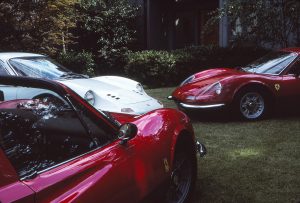
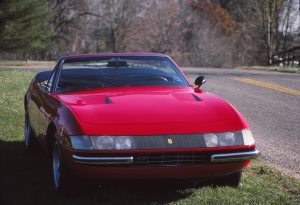

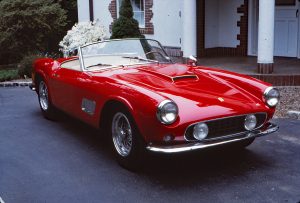
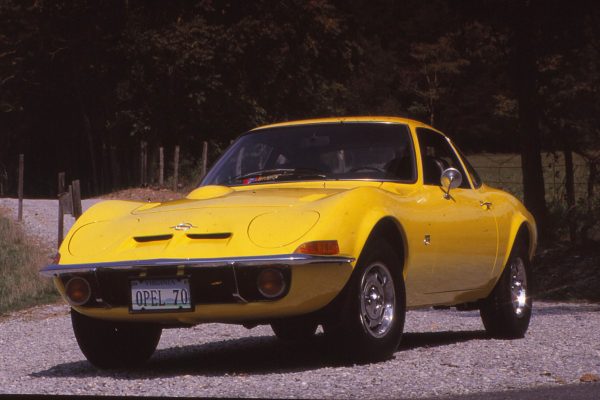
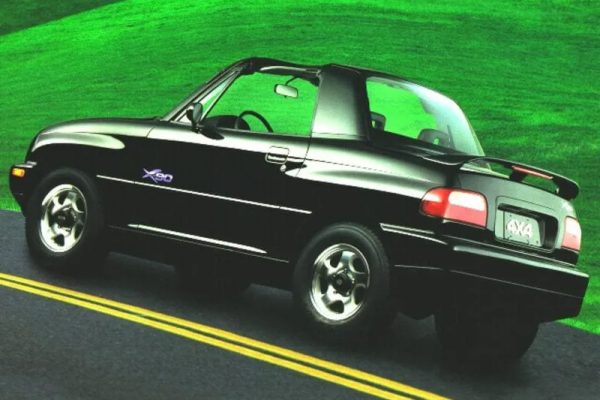
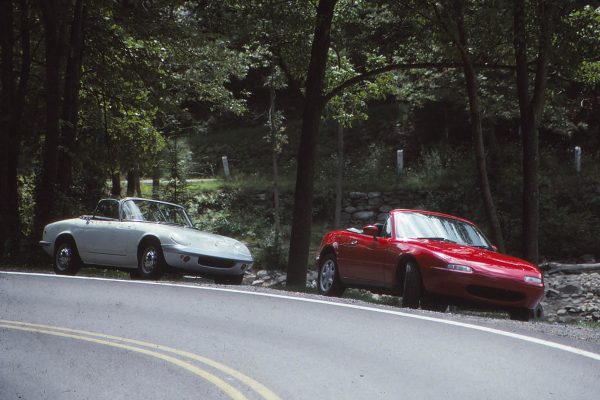
What Do You Think?
You must be logged in to post a comment.